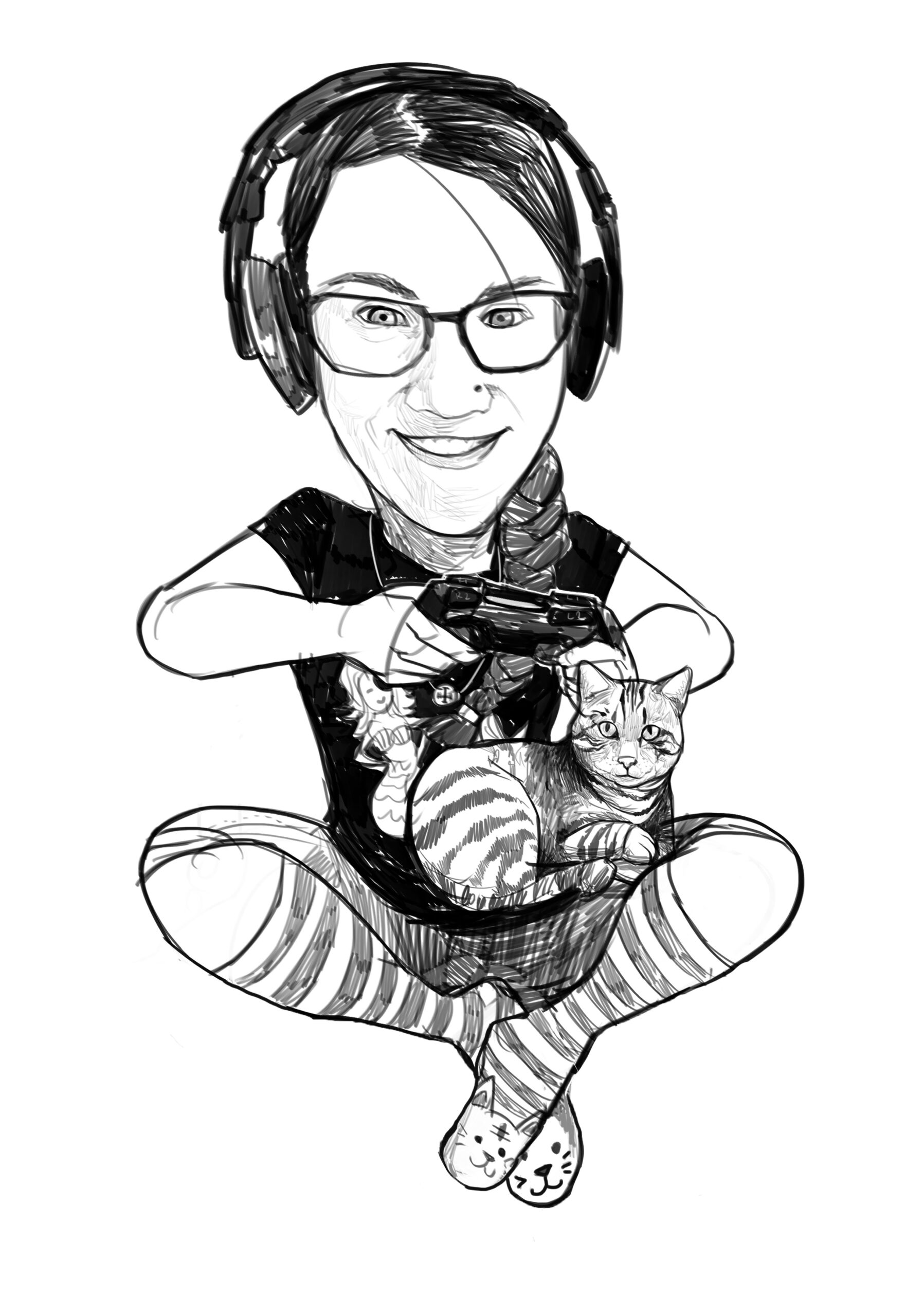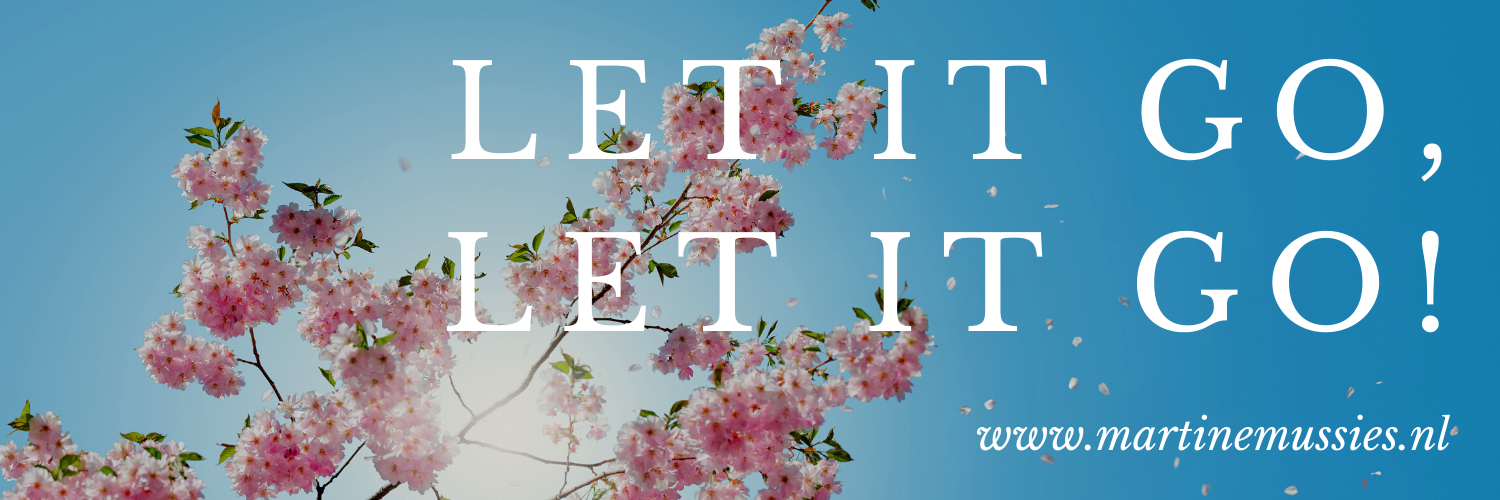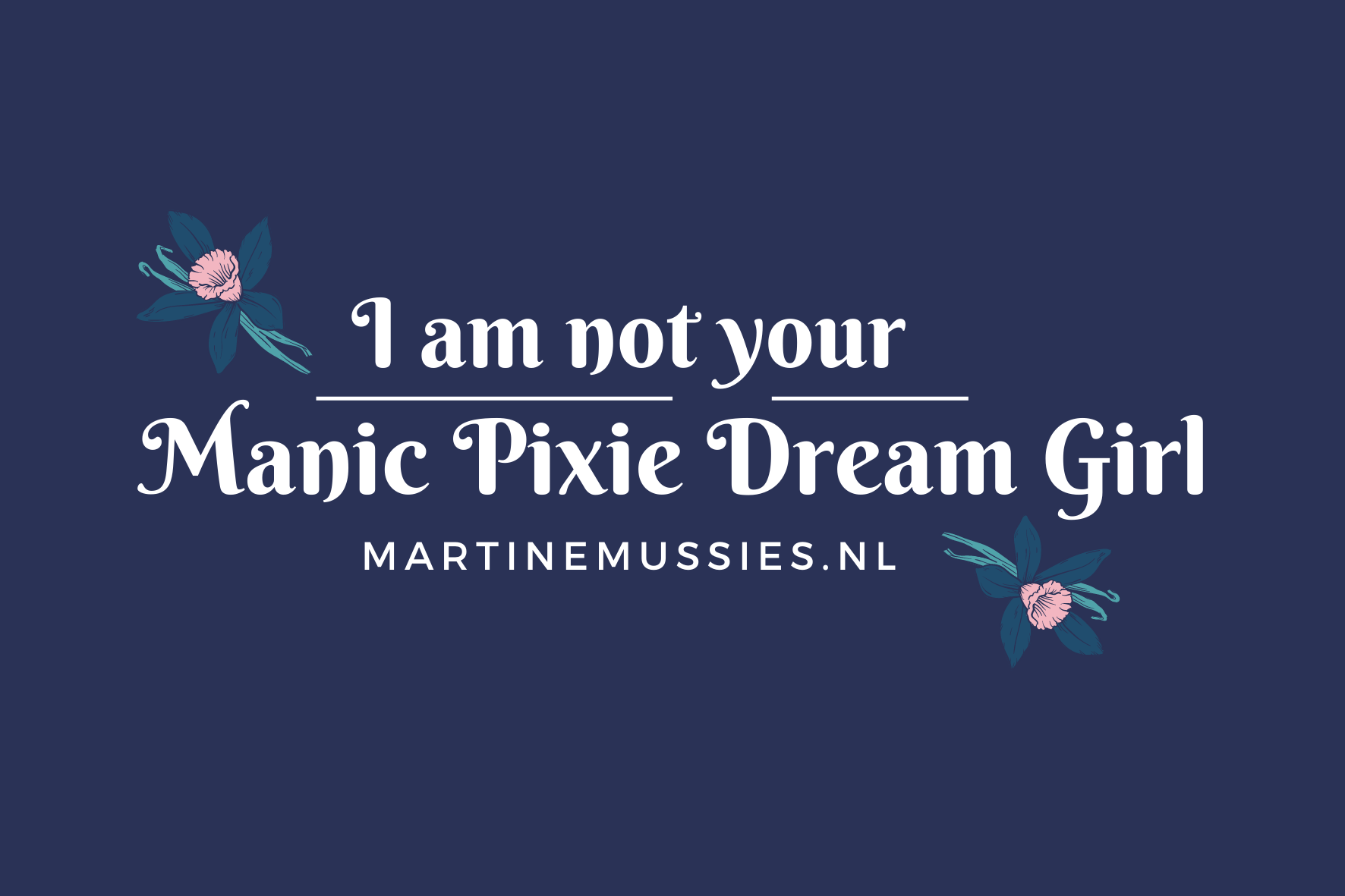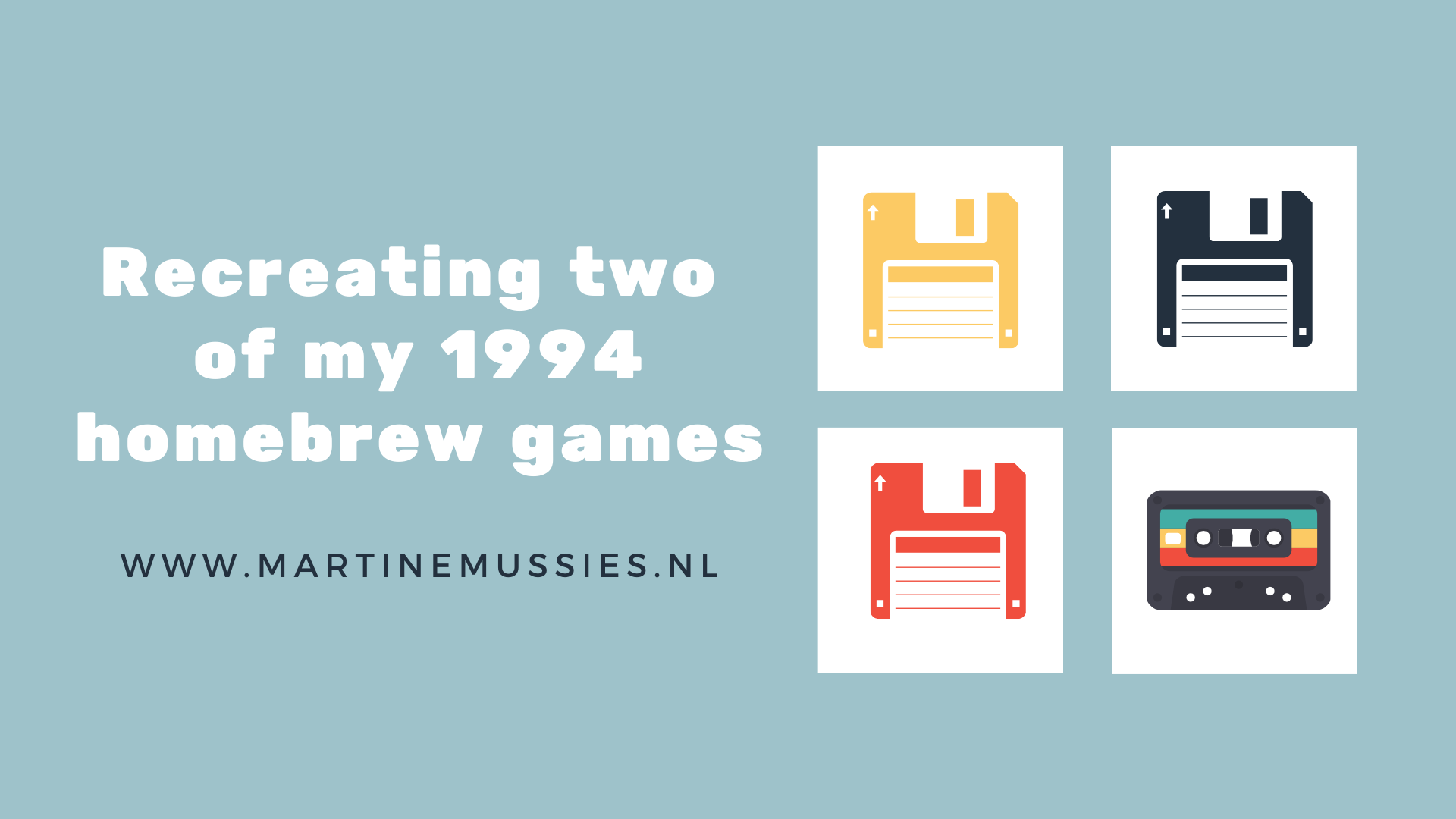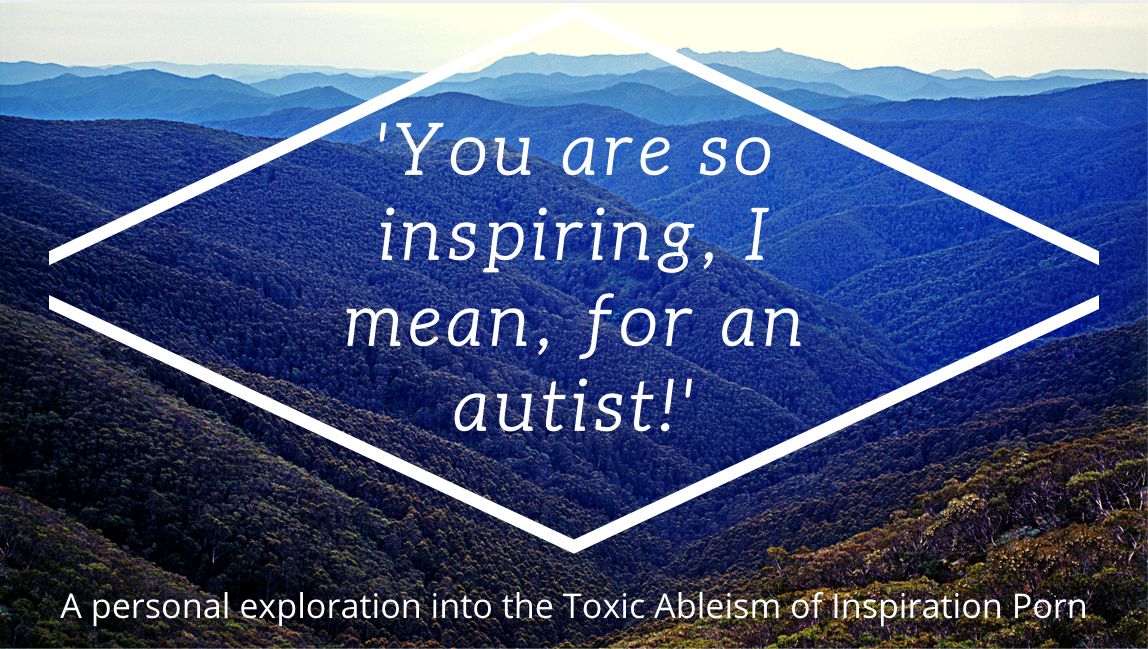In “Fan Studies Methodologies“, the 2020 special issue of Transformative Works and Cultures, I described how, as an autistic gamer, I engage with games in a different way, showcasing how (dis)abled gaming, neurotypicality, fannishness, and sociopolitical responses are never independent from one another. All the examples I named in that “autiethnography” were from my adult life, but looking back, these differences in engagement were already very noticeable when I was a kid. Therefore, in the following essay, I would like to recreate my small piece of the history of the mid ‘90s Dutch video gaming culture, which was a sort of “produser community” avant la lettre.

